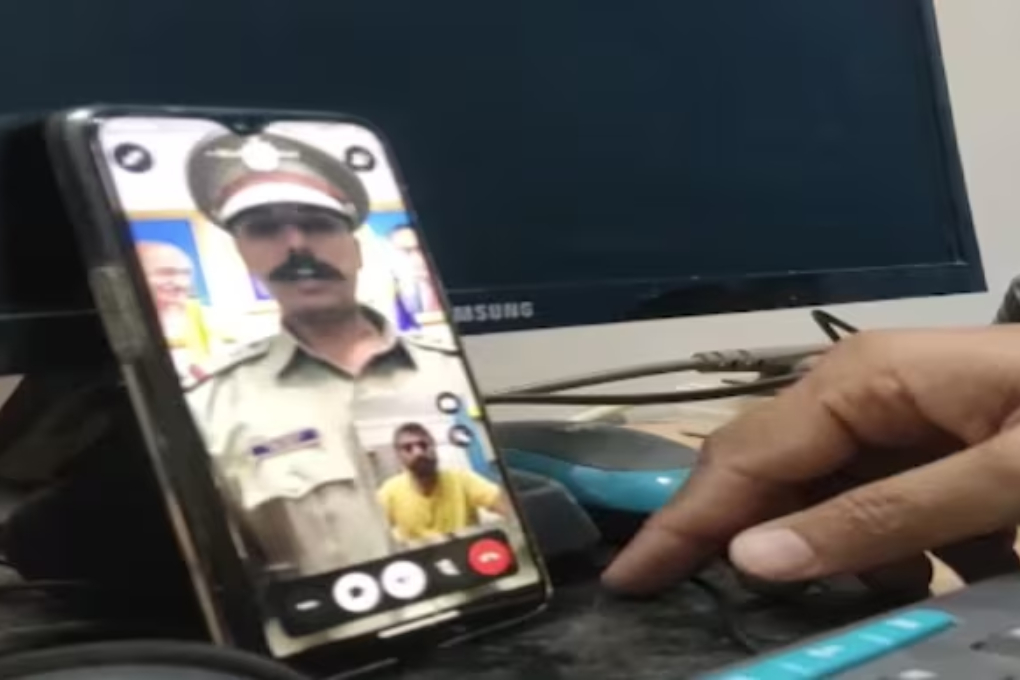Fake police videos have become a serious problem in recent years. With technology making it easy for almost anyone to edit or change videos, it’s no wonder that some people use these skills to create deepfakes—videos that look real but are actually fake. These kinds of videos can spread false information, damage reputations, and even affect the outcome of court cases. Because of this, finding ways to spot fake police videos is more important than ever.

The Rise of Video Authentication Tools
To tackle this problem, experts have developed new forensic tools that help uncover the truth behind suspicious videos. One of the most important advances is the use of video authentication platforms. These systems do much more than just check the date and time a video was created. They analyze the way the video was made, the device used to record it, and whether any editing software has touched the file. Some platforms are so advanced that they can even detect deepfakes by picking up on tiny details most people would never notice.
Machine Learning and Deepfake Detection
Another breakthrough comes from machine learning. Scientists train computers to recognize patterns and mistakes that often appear in fake videos. For example, deepfakes sometimes show people blinking in strange ways or moving their heads unnaturally. These oddities might slip past a human viewer, but a well-trained computer program can catch them right away.
Camera Ballistics Fingerprinting Videos

There’s also a method called camera ballistics, which is a bit like fingerprinting for cameras. By studying the unique marks left by a specific camera, experts can tell if a video really came from the device it claims to. This technique makes it much harder for someone to pass off a copied or edited video as the original.
Checking Editing History and Chain of Custody
Forensic tools can also dig into a video’s editing history. By examining the file closely, they can reveal if someone has used editing software and what kinds of changes were made. This helps investigators prove whether a video is genuine or has been tampered with. Another important part of the process is tracking the chain of custody. Some programs are designed to keep a record of where a video has been and who has handled it. This makes it easier to ensure that the evidence hasn’t been changed between the time it was recorded and when it is used in court.

Real-World Use of Forensic Tools
Police departments and forensic labs are already putting these new tools to work. In places like Karnataka, India, officers are using digital methods to check for deepfakes and other types of fake videos. By doing so, they are able to catch criminals who try to use false evidence to avoid justice.
Protecting Truth with Technology
In the end, fake police videos can do a lot of harm, but technology is fighting back. Thanks to video authentication platforms, machine learning, camera ballistics, and careful tracking of evidence, it’s becoming much harder for fake videos to fool the police or the courts. These new tools are helping to protect innocent people and make sure the truth comes out.

